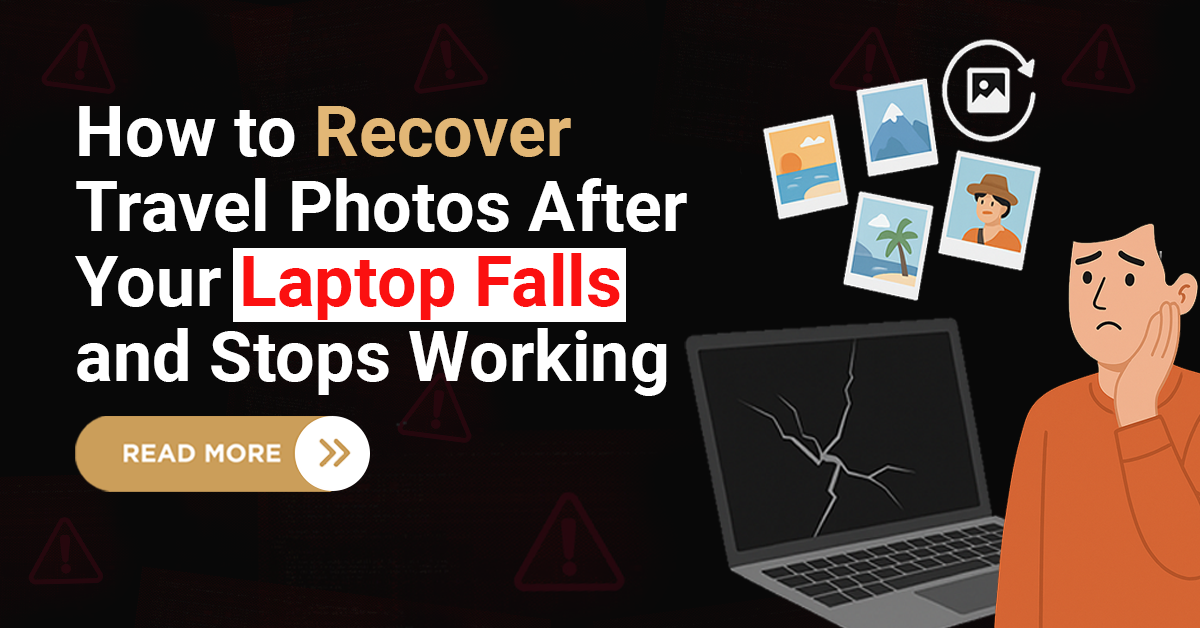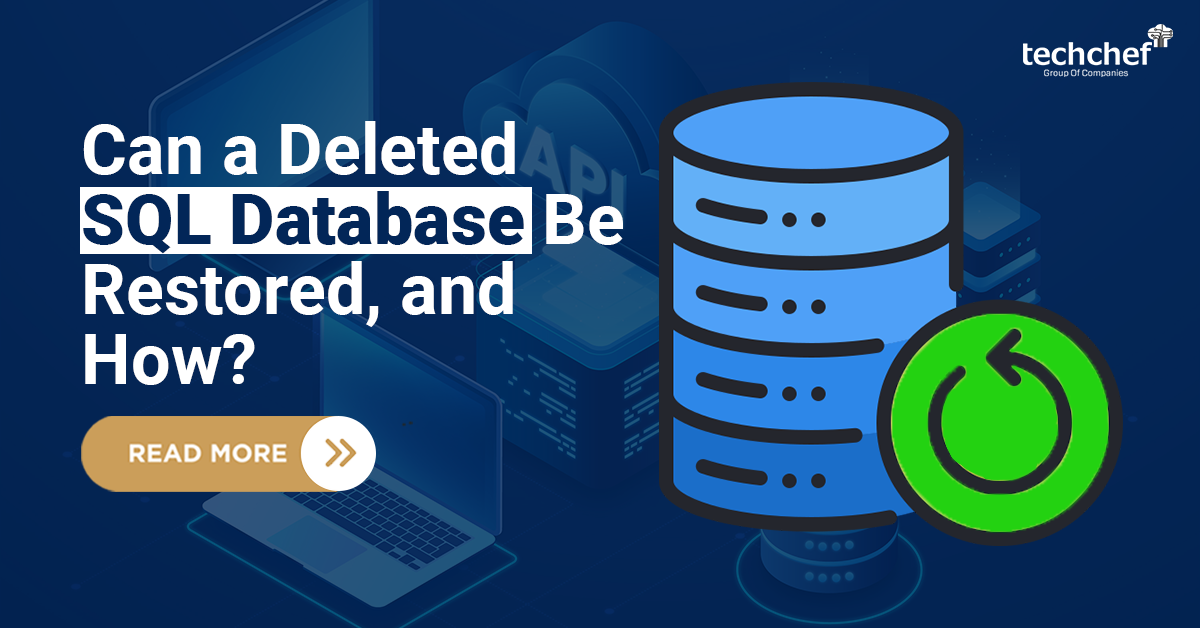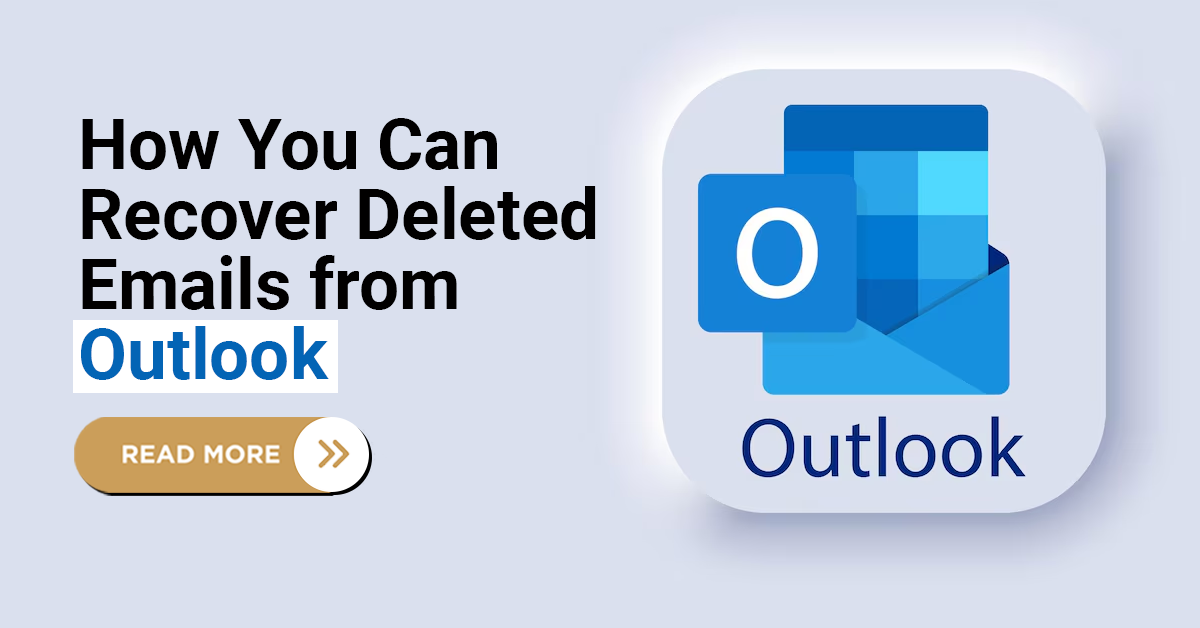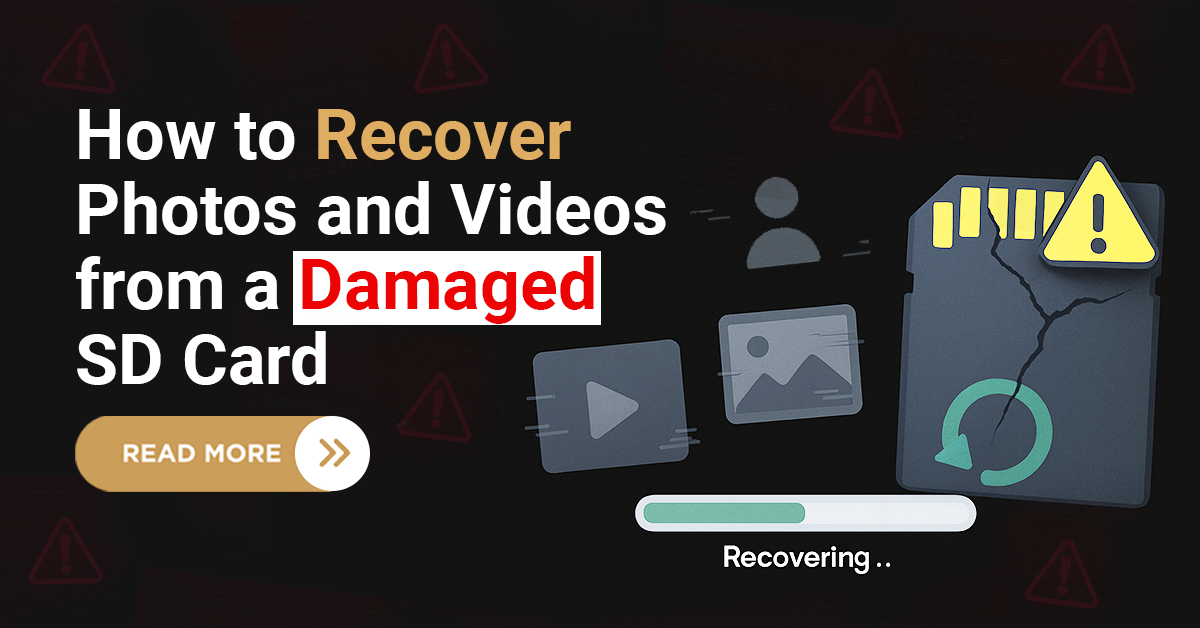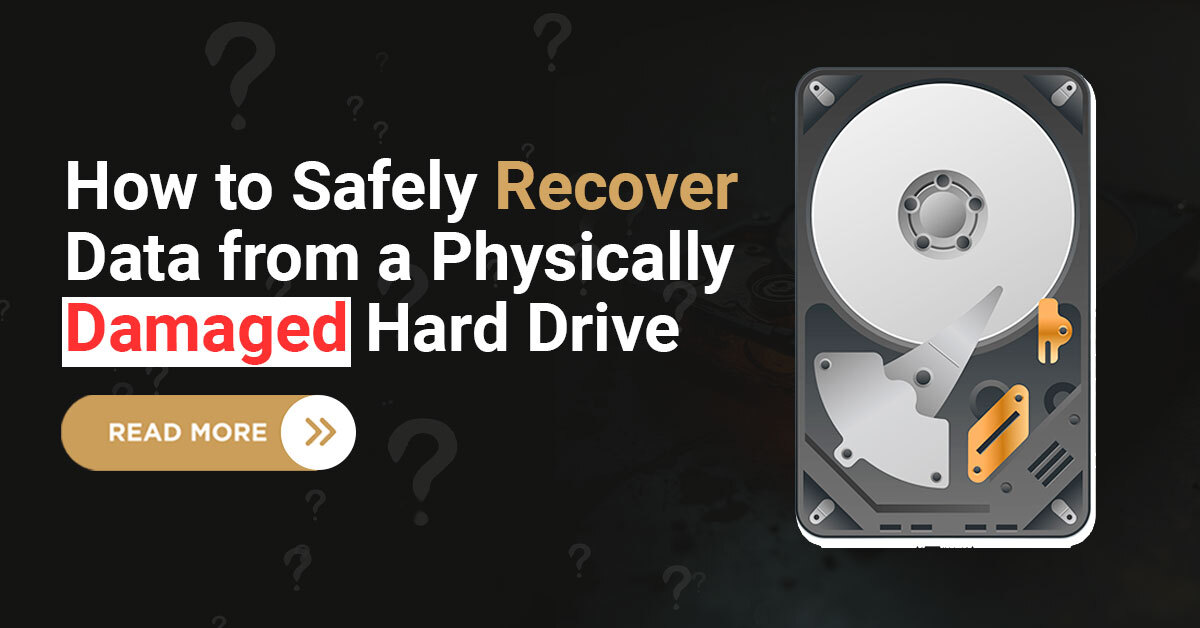The SSD (solid-state drive) is a faster storage device than traditional hard drives used in computers. SDDs are pretty fast compared to other storage devices, and in this fast-moving generation, people would prefer it more than anything another storage device. But as the demands are on the rise, so are the risks. Hence, fixing the issue and following precautionary measures takes place.
How do you identify your SSD is failing?
Since SSDs are not like HDDs, detecting them may be difficult but not impossible. SSDs do not make noises like HDDs to stop functioning silently. Still, before it completely stops working, it displays warnings repeatedly to the user so that the user can take suitable action beforehand. However, here are some common indicators that may help you to identify the SSD breakdown :
Bad blocks: When an SSD storage gets crashed, corrupted, or any physical damage, it fails to do its functions. When you suspect your SSD suffers from bad blocks, there are high chances of data loss, and following DIY hacks or softwares may result in permanent data loss. Hence, keep a backup ready of your important data or replace the SSD. in any intense, severe case, get in touch with experienced IT professionals for better assistance.
SSD crashing: Another cause of failure is SSD crashing. When you notice an SSD storage system crashing, try to reboot again and again until it seems to work normally or reinstall your operating system and clear all your unnecessary or unimportant data. If the problem still doesn’t fix then, connect with data recovery services before you lose your data permanently.
File system repair: When your desktop, laptop, or file system displays repair requirements, but softwares fails to detect it and shows no repair required, it may corrupt your SSD. Before you recover your SSD data, make sure you already have a backup of internal files and folders, then proceed to repair the file system by using Mac OS, Linux, Disk utility, etc. However, all file system repair cases are different, and some may require expert intervention.
How to recover data from an SSD?
Having discussed all the causes that can lead to failure of SSD and data loss. Now further we are going to discuss how to recover data from SSD:
To recover data from your SSD, you can do it by using Disk Drill or any other software only if the SSD breakdown is less severe. Here are the steps are given below to recover data from the disk drill
Download and install Disk Drill.
Select the file you want to recover and click on the ‘Recover’ button.
Preview files you want to restore.
Select and save files. And make a copy of your data as well.
If disk drill or any other software doesn’t work, ask for expert data recovery service and professional advice. Data recovery services are one of the best options to recover your data in any complicated situation.
Conclusion :
Having discussed the causes and recovery solutions for SSD data recovery. Now, if you suspect any severe failure, act as quickly as possible. Sometimes, late or inaction leads to complete failure and breakdown of the SSD storage system. And for fast services, give Techchef data recovery company a call back request on 1800-313-1737 or visit our official website to know more about us.




